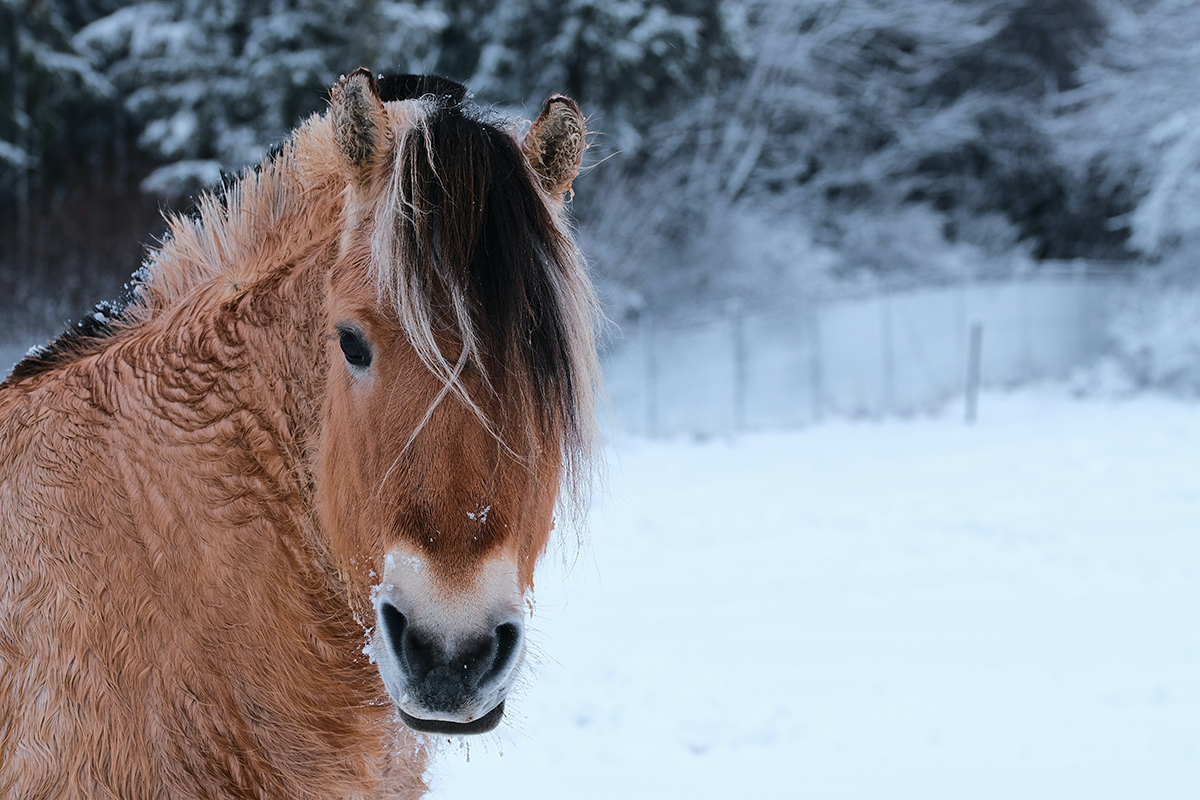As winter descends upon us, horse and equine owners find themselves faced with the imminent challenge of an Arctic Blast storm, bringing subzero temperatures that can pose significant risks to the well-being of their beloved animals. Ensuring the health and comfort of horses during such extreme weather requires careful preparation and attention to detail. In this article, we’ll explore essential tips and practical measures that horse owners can take to fortify their equine companions against the frigid conditions of an Arctic Blast. From providing adequate shelter to feeding routines, our guide aims to empower horse enthusiasts with the knowledge needed to navigate and safeguard their equine partners through the impending cold spell.
- Adequate Shelter: The cornerstone of winter preparedness for horses lies in providing them with secure and comfortable shelter. Ensure that stables and shelters are free from drafts, and easily accessible. If your horse or equine is not used to being locked in, and being locked in causes them stress, I would not lock them in as stress (especially during weather changes) can contribute to colic.
- Feeding Routines: Subzero temperatures increase the energy requirements of horses as they work to maintain their body temperature. Adjust their diet accordingly by increasing the forage content (hay), which produces more heat during digestion. Adding feed they don’t normally get can cause G.I. upset, instead if they get grain you can turn their normal grain rations into a mash to help keep getting fluids into them during the cold spell. Additionally, ensure a constant and clean water supply, as dehydration is a common risk during colder months.
- Blanketing: Just as we bundle up to stay warm, horses can benefit from winter clothing too if they do not have an adequate winter coat. Make sure the blankets are waterproof and breathable to prevent moisture accumulation, and remove them periodically to check for any signs of discomfort or skin irritation. If your horse has a good winter coat and will have plenty of hay, don’t panic if you don’t plan to blanket them! They will be a-ok!
- Regular Health Checks: Keep a vigilant eye on your horses during the Arctic Blast, conducting regular health checks to spot any signs of distress or illness promptly.
- Create Ice-Free Zones: Designate specific areas where horses can move freely without the risk of slipping on icy surfaces. Regularly clear these zones of snow and ice, employing sand or straw to enhance traction. This measure not only prevents injuries but also encourages your horses to stay active, promoting circulation and warmth.
By adopting a thorough strategy to help your equine companions, you will not only guarantee their comfort but also nurture their ability to withstand the forthcoming icy challenges.
If you have any doubts, you can always reach out to your normal veterinarian as they know your horse and can help you plan appropriately.






Leave a Reply
You must be logged in to post a comment.